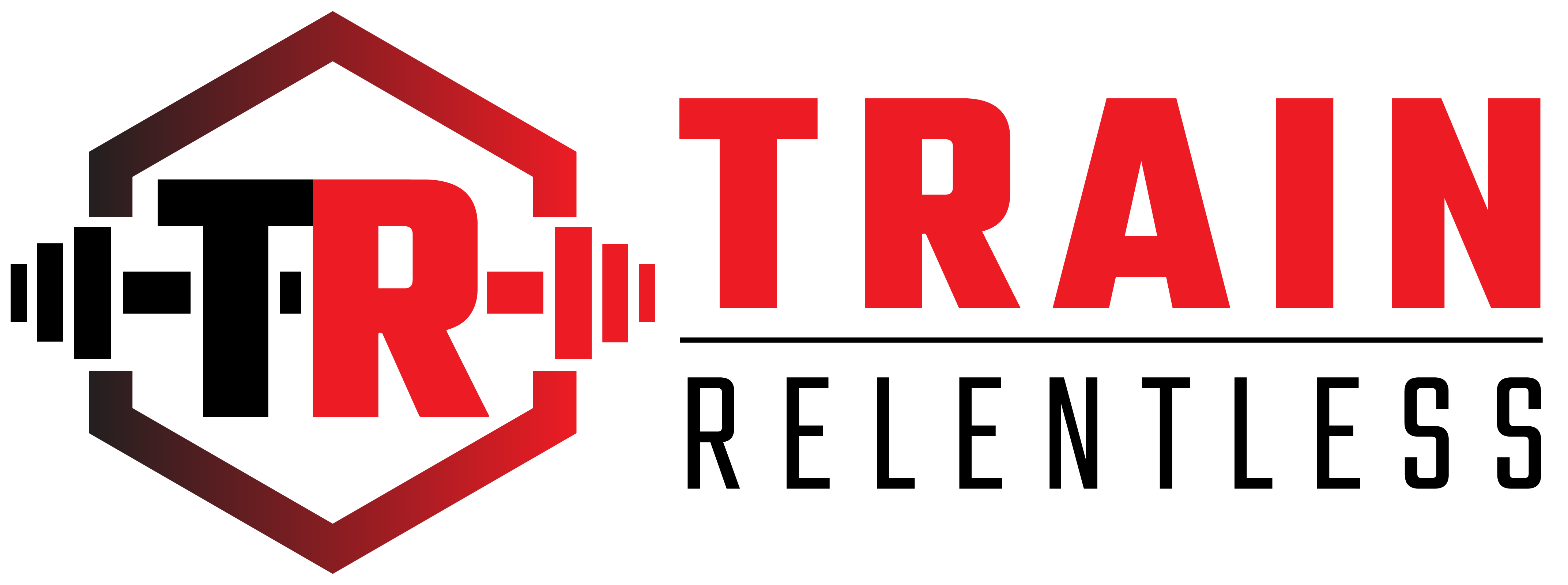Agility is a fundamental skill for football athletes, regardless of their position on the field. The ability to change direction quickly, evade defenders, and react swiftly to changing game situations can make all the difference in a match. In this article, we will explore what agility is, how to improve it, and the best change of direction drills tailored specifically for football athletes.
Understanding Agility
Agility is the capacity to move with precision, balance, and speed while changing direction or position rapidly. It is a blend of several physical attributes, including balance, coordination, quick reflexes, and explosive power. Agility is not just about raw speed; it’s about being able to navigate through the complexities of the game effectively.
Improving Agility
- Strength and Conditioning: Building a solid foundation of strength, especially in the lower body, is essential. Exercises like squats, lunges, and plyometrics can help improve power and stability.
- Balance and Coordination: Agility training should include balance exercises. Using tools like balance boards and stability balls can enhance proprioception and coordination.
- Speed and Quickness: Speed drills, such as ladder drills and cone drills, are excellent for developing quick footwork. Focus on both linear and lateral movements.
- Reaction Training: Incorporate reaction training into your regimen. This can involve reacting to visual or auditory cues, which mimics in-game scenarios.
Change of Direction Drills for Football Athletes
- Shuttle Runs: Set up cones or markers in a zigzag pattern and sprint between them as quickly as possible. This drill mimics the lateral movements often required in football.
- L-Drill: This drill involves sprinting forward, then moving laterally, and finally backpedaling. It helps athletes work on their multi-directional speed.
- Box Drill: Create a square with cones and practice moving around it as quickly as possible. Change direction at each corner, mimicking real game situations where you have to evade opponents.
- Reaction Ball Drills: Use a reaction ball that bounces unpredictably and practice catching it while moving in different directions. This helps improve reflexes and hand-eye coordination.
- Cone Weave Drill: Set up a row of cones in a straight line and weave in and out of them as fast as you can. This drill is excellent for improving lateral agility.
- Mirror Drills: Partner with a teammate or coach and mirror each other’s movements. One person leads while the other tries to mimic the movements quickly. This helps improve reaction time.
Conclusion
Agility is a critical component of a football athlete’s skill set. By focusing on strength and conditioning, balance and coordination, speed and quickness, and reaction training, you can enhance your agility on the field. Incorporating change of direction drills specific to football into your training routine will further develop your ability to maneuver through complex game situations. Remember that consistency and dedication to agility training will pay dividends in your football performance.
If you’re ready to lift weights with confidence, increase speed, and earn more playing time.
Get my FREE Training Guide – “Football Starter Package”
